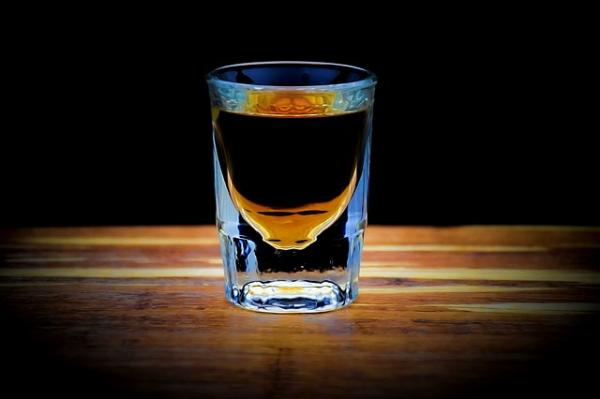Here is a question. When you plot alcohol use against the risk of cancer, is the resulting curve J-shaped, suggesting that at low levels of consumption, alcohol may be protective? Or is the curve straight, saying that there is no magic in smaller amounts, the declining “dose-risk” just fades away? A new study from Japan looks for an answer.
The researchers made use of a database with the usual health and demographics comparing those patients who presented with an initial diagnosis of cancer matched with patients admitted for other illnesses but of the same age, gender, hospital, and admission date. Not exactly an apple to apple comparison. Alcohol consumption was self-reported and measured in drink-years. [1] Drink years were subsequently “binned” into various amounts, e.g., 20 - 40 drink years. Because of the acknowledge interaction between alcohol and smoking, the reference group were those individuals who had never smoked or used alcohol. A reasonable statistical modification, but not a helpful real-world restriction [2] Those patients with cancer drank more, and had more drink years, they also smoked more and tended to come from lower “occupational classes.”
Compared to the “abstainers,” no alcohol and no tobacco, drinking was associated with a higher incidence of cancers, especially those of the aerodigestive area – throat, and esophagus. In some instances, for upper digestive cancers (esophageal and stomach), there was clearly a dose-risk relationship with rising drink-years associated with a higher risk of cancer. For other cancers, including the rest of the digestive tract, breast, and prostate, there was no clear-cut relationship. In fact, when all cases were aggregated, drinking two or fewer drinks a day was associated with a higher risk than drinking more than two drinks daily as long as your total had not exceeded 20 drink years. At greater drink-years, the dose-response curve returned to a more “normal” pattern, with increasing dose resulting in increasing cancer risk.
The researchers concluded that there is no “safe” amount of alcohol that can be ingested, that small amounts are not protective – that the curve is linear, not J-shaped.
Before running to the bar to get a drink and steady your nerves, there are a few caveats. First, without controlling for smoking, it is hard to establish a reliable associative link, let along a causal one. Second, esophageal and gastric cancers are far more common in Asia than in Western countries. Among the possible reasons is a greater polymorphism of the genes responsible for degrading ethanol, which results in higher, more prolonged levels of acetaldehyde, a known carcinogen. There are also dietary and smoking differences. So, these results are not generalizable.
By the numbers, for the Japanese, drinking appears to increase the risk of cancer, other researchers have placed the attributable risk [3] at 9% for men and 2.5% for women. But if the Japanese want to reduce their cancer risk, they would do wise to reduce smoking, which is felt to be a 30% attributable risk for men and a 5% risk for women. They would also do well to reduce infections from Helicobacter pylori, hepatitis B and C, which are felt to result in 22% of cancer in men and 17% in women.
[1] A standardized drink contained 23 grams of ethanol, and this was multiplied by the number of years. Two drinks per day over a year = 2 drink years
[2] Studies in the US find that among young adults, 50% of more occasional or greater “drinkers” also smoke.
[3] Attributable risk is a measure of the difference in the presence of a disease in the population when considering one factor, in this instance, drinking, present or absent. It is a binary measure and therefore does not accurately reflect the real world where some individuals drink a lot and other little.
Source: Light to Moderate Amount of Lifetime Alcohol Consumption and Risk of Cancer in Japan Cancer DOI: 10.1002/cncr.32590




